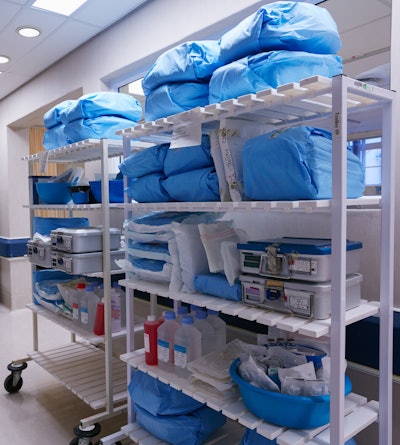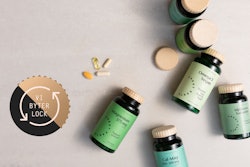Key takeaways:
· Medical foams are finding broader applications across various healthcare sectors, including medical packaging and prosthetics.
· Innovations such as the development of antimicrobial and biodegradable foams have broadened the scope of their applications in healthcare.
· High production costs and limited raw material availability is a challenge in the sector.
The Global Medical Foam Market is projected to grow at a CAGR of 6.5% from 2024 to 2030, according to a new report published by Verified Market Reports. The report reveals that the market was valued at USD 33 Billion in 2023 and is expected to reach USD 47.2 Billion by the end of the forecast period.
Market Drivers Fueling Growth in the Medical Foam Market
Rising Demand for Advanced Wound Care Products: The growing prevalence of chronic diseases, such as diabetes and pressure ulcers, has led to an increased need for effective wound care solutions. Medical foams, known for their excellent absorption and cushioning properties, are increasingly used in dressings to promote faster healing and reduce the risk of infection. This demand is further fueled by the aging global population, which is more susceptible to chronic wounds, driving significant growth in the medical foam market.
Expanding Applications in Healthcare Sectors: Medical foams are finding broader applications across various healthcare sectors, including medical packaging, bedding, and prosthetics. Their versatility, lightweight nature, and biocompatibility make them ideal for creating comfortable and durable healthcare products. As healthcare facilities seek to enhance patient comfort and safety, the use of medical foams in these areas is expected to increase, contributing to market expansion.
Innovations in Foam Technology and Material Science: Advances in foam technology and material science are key drivers of growth in the medical foam market. Innovations such as the development of antimicrobial and biodegradable foams have broadened the scope of their applications in healthcare. Additionally, the increasing demand for eco-friendly and sustainable materials is pushing manufacturers to create medical foams that meet these criteria, further boosting market growth as companies strive to meet evolving regulatory and consumer expectations.
Market Restraints Limiting Expansion in the Medical Foam Market
High Production Costs and Limited Raw Material Availability: The production of medical foam involves complex manufacturing processes and the use of specialized raw materials, which can be costly. Limited availability of high-quality raw materials, such as medical-grade polymers, can further escalate production costs. These high costs can deter smaller manufacturers from entering the market and make it challenging for existing players to maintain competitive pricing, thus restraining market expansion.
Stringent Regulatory Requirements and Compliance Challenges: The medical foam market is subject to strict regulations and quality standards set by various health authorities, such as the FDA and EMA. Ensuring compliance with these regulations requires significant investment in research, testing, and certification processes. Companies must continuously adapt to changing regulatory landscapes, which can be time-consuming and costly. These compliance challenges can act as barriers to entry for new players and slow down product development and market growth.
Environmental Concerns and Disposal Issues: As the use of medical foam products increases, so do concerns about their environmental impact. Many medical foams are made from non-biodegradable materials, leading to waste disposal challenges and contributing to environmental pollution. The growing emphasis on sustainability and eco-friendly practices in the healthcare sector is putting pressure on manufacturers to develop greener alternatives. However, creating sustainable medical foams that meet regulatory standards and perform effectively can be complex and expensive, limiting the market's expansion.
Geographic Dominance
The medical foam market exhibits strong geographic dominance, with significant growth and adoption observed across various regions, particularly in North America and Europe. These regions lead the market due to their advanced healthcare systems, robust research and development activities, and high standards of patient care. The widespread use of medical foam in applications such as wound care, medical devices, and packaging is driven by the strong demand for high-quality healthcare products. Additionally, favorable regulatory environments and the presence of major industry players in these regions further support their market leadership, fostering continued expansion and innovation.























